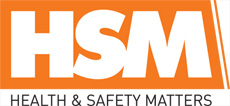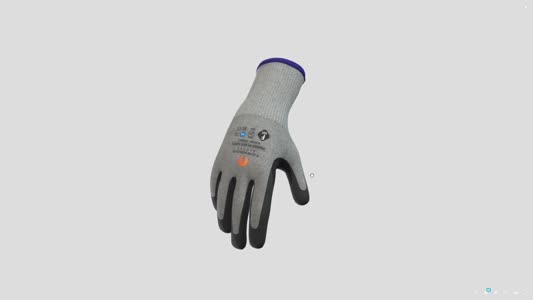
 |
Mark Sennett
Managing Editor |
 |
Kelly Rose
Editor |
| Home> | Health & Wellbeing | >General Health & Wellbeing | >Remedy rising workplace injuries |
| Home> | Premises | >Risk Management | >Remedy rising workplace injuries |
Remedy rising workplace injuries
20 October 2025
HOW CAN employers remedy the rising workplace injury rates? John Kushnick provides an insight.
A review of UK workplace Health and Safety data over the past ten years shows that while construction has the highest total fatalities, the steepest rises occurred in public administration, defence, health, and education, with deaths up 67% since 2014/15.
England remains the deadliest region, but Scotland has seen the largest increase in fatal injuries, rising 136% from 2019/20 to 2024/25.
These figures highlight not just where risks are highest, but where urgent action is needed. Better understanding is needed on the causes behind these trends, the impact on workers, and how employers can prevent further injuries.
What is causing the increase in injury rates?
This rise in workplace injuries isn’t just coincidental or bad luck, but a symptom of deeper systemic problems. With widespread staff cuts in the Health and Safety Executive (HSE), vital preventative work has taken a back seat.
Instead of proactively ensuring safe working environments, the HSE is now largely reacting to incidents after they happen. As a result, many employers are no longer receiving routine visits or inspections, and risk assessments, which are a cornerstone of workplace safety, are being neglected.
Add to that the current financial pressure on businesses to cut costs wherever possible, and health and safety budgets are often the first to go. Many employers gamble on skipping assessments, hoping they won’t get caught, but the consequences are playing out in the form of rising injury rates and a surge in long-term illness and leave. It’s a dangerous cycle, and one that highlights the true cost of cutting corners on safety.
What needs to be done?
Ultimately, risks need to be mitigated, through checks and appropriate training, regardless of the current state of the HSE. Information about the risks that are present should be shared with all employees; existing, new hires, temporary staff and any visitors.
There also needs to be regular training and refresher courses for all members of staff, and regular reminders of any risks that do exist at work. Whether that’s through internal communications, signage, or two-way dialogue put in place so that any newly noticed risks can be alerted to seniors, questions can be asked, concerns raised, and suggestions can be made.
The workplace must be suitable and accessible to all, including those with disabilities or impairments. Employers should stay on top of the latest legislation, for example, disability discrimination in the workplace is illegal and is part of the disability discrimination law contained within the Equality Act 2010, which prohibits disability discrimination in the workplace
Reasonable adjustments need to be made in the workplace, and employers are legally required to remove obstacles at work which you encounter as a person with a disability. This can include providing and adjusting things at work to remove these.
It is not only full-time employees who should expect this right, as reasonable adjustments should also be made for trainees, apprentices, contact workers and business partners. Ensuring the workplace is safe for all parties is vital.
Injury claims and compensation culture
Experiencing an injury at work can result in time away from the job, which for many employees means a period without pay. Not only this, but depending on the type, or severity of the injury, individuals may require rehabilitation, private medical care or lifestyle adjustments that come with a hefty price tag.
Simply put, injuries and sickness caused by hazards in the workplace can have a long-term negative impact on a person’s quality of life; financially, physically and mentally. However, we’ve seen for a long time now that employees that experience workplace injuries, often go without claiming for compensation. This is down to stigma, often known as ‘compensation culture.’ Our previous research found that people avoid claiming due to the fear of a negative impact on their working relationship or career.
However, making a claim isn’t about blame, but is about fairness and recovery. If you’ve been injured at work, you have every right to seek support and compensation to help you get back on your feet. Employers have insurance in place for this very reason, and no one should feel guilty or afraid to stand up for their wellbeing.
To avoid a full-blown workplace injury crisis, both cultural and practical change are needed. The stigma around making a claim must be dismantled, and employers must refocus on prevention and not reaction. Every organisation has a duty of care to its people, and that means putting health and safety at the heart of every decision.
John Kushnick is legal operations director at National Accident Helpline. For more information, visit www.national-accident-helpline.co.uk
- No related articles listed
- BSIF: Covid-19 Update
- Dust tight
- SAFEContractor for 5th year
- BSC welcomes proposals to slash legal costs in personal injury claims
- Get some insight
- Asbestos remains number one killer
- Chemical exposure course goes more than skin deep
- Getting workers involved in safety
- Dual drug testing
- On-site health screening
























